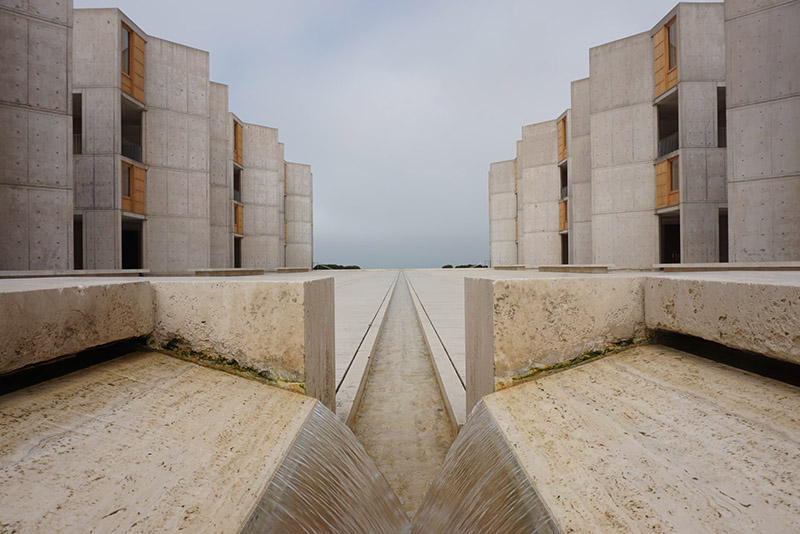From plastic to hemp - five innovative and sustainable building materials
To combat environmental concerns and achieve carbon neutrality for the nation, experts are creating innovative and sustainable building materials.

Considering that the built environment is responsible for 45% of the UK’s carbon emissions, sustainable alternatives have never been more important. Here we explore five of these building materials. In time, sustainable materials could make up much more of the structural world around us.
Recycled plastic
Across the world, over 380 million tonnes of plastic waste is amassed every year. Out of this, a meagre 9% is recycled appropriately. To address this issue, the world must continue to create ways to recycle waste – one idea is a real-life plastic bridge.
The Easter Dawyck Bridge is an engineering feat. The Scottish structure is made out of 100% recycled thermoplastic materials. Engineers repurposed 50 tonnes of plastic waste, including everyday household bottles, during its construction. The material is more durable than traditional wood and requires less upkeep.
Hempcrete
Concrete is the most popular man-made material in the world, so sustainable alternatives are popular too. Hempcrete is a mixture of hemp and limewater, hempcrete (or hemplime) is a sustainable alternative to traditional concrete. According to research from Cambridge University, UK, hemp can absorb carbon twice as effectively as forests. The material can also provide insulation in both domestic and non-domestic structures.
The Pierre Chevet SportsCenter is the first non-residential building to be made with hempcrete in France. The structure was built with hemp plaster and bricks, which are specifically used to boost both the acoustic and thermal capabilities of the space.
Ferrock
Ferrock is another alternative to concrete. The material is carbon negative and made with 95% recycled materials. As well as being environmentally friendly, Ferrock is particularly suitable for underwater structures. When submerged in saltwater this material becomes stronger whereas concrete can erode.
However, as Ferrock is made of recycled waste, the material cannot be used in large-scale projects. So, there is a long way to go before it can replace everyday concrete.
Timbercrete
Timbercrete is a combination of timber waste, sand, and cement. The production process emits less carbon dioxide than concrete, making it a more sustainable option.
Timbercrete has better thermal efficiency than traditional concretes, making it ideal for providing external insulation for structures. On top of that, it is also 250% lighter than concrete or clay, so shipping this material will be cheaper than other alternatives.
Reclaimed steel
Steel is an integral part of the architectural world, essential for iconic structures from the Eiffel Tower to the Tyne Bridge. Around 40% of all steel is made of scrap metal, making steel the most recycled material used in construction. As well as this, using reclaimed steel as a building material can produce 19% less carbon than concrete.
In domestic structures, steel bars (or rebars) are placed inside a concrete wall to reinforce its structure. These bars can be as sustainable as they are important. The Steel Recycling Institute has revealed that 65% of rebars are recycled when no longer of use. Moreover, the bars themselves are made of recycled steel. Over 7mln t of steel is melted down and repurposed as rebars every year.
The construction industry will no doubt develop new and exciting materials to choose from. These are just some of the innovative and sustainable building materials being used today. Whether you’re interested in the power of recycled plastic, biomass hemp, or reinforced steel, there’s an alternative out there for every engineer.







